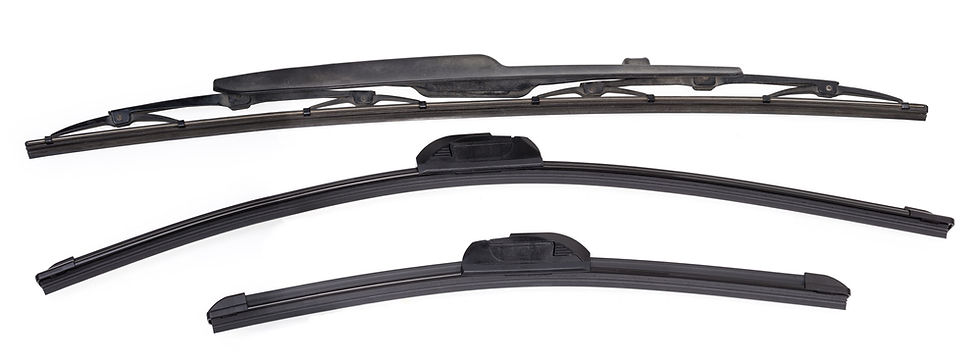Exploring the Differences Between All-Wheel Drive and Four-Wheel Drive
- ashley6583

- Jan 25, 2024
- 2 min read
Updated: Jul 10, 2024

In the realm of cars and SUVs, the choice between all-wheel drive (AWD) and four-wheel drive (4WD) has been an ongoing debate among drivers. Both drivetrains offer improved traction and stability, especially in adverse road conditions, but they are not one and the same. Let's dive into the details to understand the distinctions and benefits of each.
1. Understanding the Basics
Before delving deeper into the comparison, let's break down the fundamental differences between AWD and 4WD:
All-Wheel Drive (AWD): AWD provides power to all four wheels of a vehicle simultaneously.It operates on all road surfaces, distributing power automatically based on current driving conditions.Commonly found in crossovers, sedans, and some SUVs.
Four-Wheel Drive (4WD): 4WD allows drivers to manually switch between 2WD and 4WD modes.Ideal for off-road and rugged terrains, as it provides enhanced traction when encountering challenging conditions.Often a feature in trucks and SUVs designed for heavy-duty tasks.
2. Performance on Various Terrains
When it comes to tackling diverse terrains, AWD and 4WD exhibit distinct advantages:
All-Wheel Drive (AWD): Offers enhanced grip on wet, icy, or uneven roads, improving overall stability.Great for city driving, providing smooth acceleration and handling during inclement weather.
Four-Wheel Drive (4WD): Excels in off-road environments by allowing drivers to engage all four wheels when traversing rough terrains or steep hills.Provides extra torque and power distribution, essential for extreme conditions like mud, snow, and sand.
3. Mechanism of Operation
To grasp how AWD and 4WD function, it is crucial to understand their mechanisms:
All-Wheel Drive (AWD): Utilizes a combination of sensors and a center differential to determine when additional traction is necessary.Automatically adjusts power delivery to individual wheels based on road conditions without driver intervention.
Four-Wheel Drive (4WD): Requires manual engagement by the driver to switch between 2WD (rear-wheel drive) and 4WD (all-wheel drive).Typically includes a low-range gearbox for increased torque at lower speeds, beneficial for off-roading adventures.
4. Maintenance and Repair Considerations
When contemplating between AWD and 4WD, it's essential to factor in maintenance and repair costs:
All-Wheel Drive (AWD): Generally requires less maintenance as it operates seamlessly for everyday driving.Repairs may be more complex due to the intricate system involving multiple components, necessitating a skilled mechanic for servicing.
Four-Wheel Drive (4WD): Requires periodic maintenance of components like transfer cases, differentials, and locking hubs.Repair costs could be higher due to the manual engagement feature and the intricate design of components, making specialized auto repair necessary.
Conclusion
In conclusion, both AWD and 4WD offer unique benefits depending on the driving conditions and preferences of the driver. Whether navigating city streets or venturing off-road, understanding the disparities between these drivetrains is crucial in making an informed decision.
As drivers seek versatility, performance, and safety in their vehicles, the choice between AWD and 4WD becomes a critical consideration. By grasping the nuances of each system, individuals can select a drivetrain that aligns with their driving habits and environments.
Remember, whether you opt for the automatic adaptability of AWD or the rugged control of 4WD, regular maintenance by a skilled mechanic is key to ensuring optimal performance and longevity of your vehicle.
Time to hit the road with confidence, armed with the knowledge of AWD and 4WD distinctions!




Comments